Table of content
Zongzi, a beloved traditional Chinese snack, has captured the hearts and palates of food enthusiasts worldwide with its unique blend of sticky rice, savory or sweet fillings, and aromatic bamboo leaf wrapping. These pyramid-shaped treats are a staple during festivals like the Dragon Boat Festival, but their popularity has transcended cultural boundaries, making them a common sight in freezers globally. However, a persistent question lingers among both seasoned fans and newcomers: When reheating frozen zongzi, should you add water? This article delves into the science, techniques, and cultural practices surrounding zongzi reheating to provide a definitive answer.
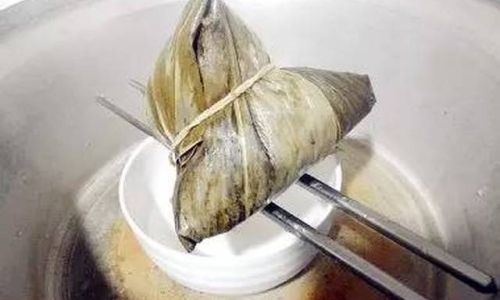
Understanding Zongzi: A Brief Overview
Before addressing the heating method, it’s essential to grasp what makes zongzi special. Typically, zongzi consists of glutinous rice (also called sticky rice) stuffed with fillings like red bean paste, salted egg yolk, pork, or mushrooms, all encased in bamboo or reed leaves. The leaves impart a subtle earthy flavor while steaming, and their rigid structure helps the zongzi maintain its shape during cooking. When frozen, the rice hardens, and the leaves may become brittle, making proper reheating crucial to restore its original texture and taste.
The Science of Reheating Frozen Foods
Freezing alters the molecular structure of food. Water within the rice crystals expands, disrupting cell walls and causing moisture loss. Reheating aims to reverse this process by evenly distributing heat to thaw and rehydrate the food. For zongzi, the challenge lies in reheating without drying out the rice or overcooking the fillings. This is where the debate over water usage comes into play.
Heating Methods: To Water or Not to Water?
The answer depends on the reheating method you choose. Below, we explore four common techniques and their water requirements.
Boiling: The Classic Approach
Method: Submerge frozen zongzi in boiling water for 10–15 minutes.
Water Usage: Yes, abundant water is essential.
Boiling is the traditional way to reheat zongzi, as it mimics the original cooking process. The water serves two purposes: it thaws the zongzi evenly and rehydrates the rice by creating a steamy environment. Without sufficient water, the zongzi may burn or stick to the pot, while the rice could become gummy or unevenly heated.
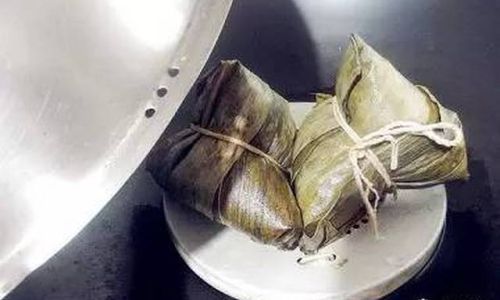
Pro Tip: Add a pinch of salt to the water to enhance the rice’s flavor and prevent the leaves from splitting.
Steaming: Preserving Moisture and Aroma
Method: Place frozen zongzi in a steamer basket over boiling water for 15–20 minutes.
Water Usage: Yes, but the zongzi isn’t submerged.
Steaming is ideal for those who prefer zongzi with intact leaves and a softer texture. The steam generated by boiling water gently warms the zongzi, retaining moisture without making the rice soggy. This method also preserves the bamboo leaf’s fragrance, as the leaves aren’t directly immersed in water.
Caution: Ensure the steamer basket has adequate ventilation to prevent condensation from dripping onto the zongzi, which could waterlog the rice.
Microwaving: The Quick Fix
Method: Wrap the frozen zongzi in a damp paper towel and microwave on medium heat for 2–3 minutes.
Water Usage: Indirectly, via the damp towel.
Microwaves heat food by exciting water molecules, making hydration critical. A damp paper towel creates steam inside the microwave, preventing the zongzi from drying out. Avoid microwaving without moisture, as this will result in a tough, leathery exterior and raw, cold patches inside.
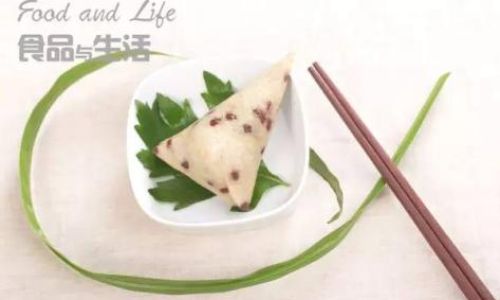
Innovation: Some users place zongzi in a microwave-safe dish with a tablespoon of water, covered with a lid or plastic wrap (pierced for ventilation). This method combines direct and indirect heating.
Oven Baking: For a Crispy Twist
Method: Wrap frozen zongzi in foil and bake at 350°F (175°C) for 20–25 minutes.
Water Usage: Optional, but recommended.
While ovens excel at crisping textures, they can dry out zongzi. To counter this, wrap the zongzi in foil with a teaspoon of water or broth. The foil traps moisture, while the water adds humidity, ensuring even heating.
Note: Oven-baked zongzi will have a chewier rice texture compared to steamed or boiled versions.
Common Mistakes and How to Avoid Them
- Skipping Water Entirely: Whether microwaving or boiling, neglecting moisture leads to uneven heating and a subpar texture.
- Overcooking: Excessive heat breaks down the rice’s starch molecules, resulting in a mushy consistency.
- Ignoring Leaf Integrity: Forced removal of frozen leaves can tear the rice. Thaw slightly before unwrapping if needed.
- Uneven Sizes: Larger zongzi require longer heating times. Cut massive ones into smaller portions for faster reheating.
Why Water Matters: The Role of Hydration
Water is non-negotiable in zongzi reheating for three reasons:
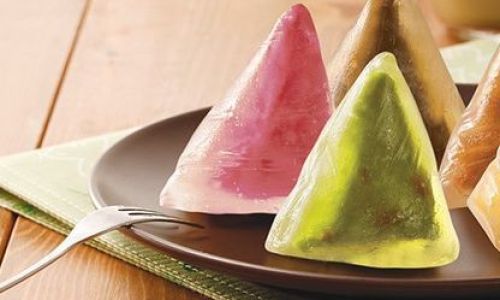
- Rehydration: Freezing dehydrates rice; water restores its plumpness.
- Even Heating: Conducts heat uniformly, preventing cold spots.
- Texture Preservation: Prevents the rice from becoming brittle or greasy.
Cultural Practices and Regional Variations
In China, reheating methods often reflect regional preferences. Northerners, who favor savory zongzi with meat, often boil theirs to meld flavors. Southerners, known for sweet variations like red bean paste, prefer steaming to maintain delicate textures. Microwaving, a modern convenience, is gaining traction in urban areas but is met with skepticism by purists who argue it dilutes the zongzi’s essence.
Expert Tips for Perfect Zongzi Every Time
- Thaw First (If Time Permits): Let frozen zongzi sit at room temperature for 10–15 minutes to reduce reheating time.
- Adjust for Fillings: Meat-filled zongzi may need slightly longer heating to ensure the pork is fully warmed.
- Check Internal Temperature: Insert a thermometer into the center—it should read 165°F (74°C) for safety.
- Experiment with Broths: Replace plain water with chicken or mushroom broth for added flavor during boiling or steaming.
- Pair with Dipping Sauces: Serve reheated zongzi with soy sauce, chili oil, or sugar for an authentic touch.
The Verdict: Water Is Non-Negotiable (Mostly)
While the method dictates water usage, skipping it entirely risks ruining your zongzi. Boiling and steaming require direct water contact, while microwaving and baking demand indirect moisture. The key takeaway? Hydration is your ally in reviving frozen zongzi to its glorious, sticky best.
Conclusion: A Timeless Treat Reimagined
Zongzi’s journey from ancient festival food to global freezer aisle staple is a testament to its enduring appeal. By mastering the art of reheating—and understanding the pivotal role of water—you ensure every bite captures the essence of tradition, crafted to perfection. So the next time you unwrap a frozen zongzi, remember: a splash of water, a dash of patience, and you’re one step closer to culinary nostalgia.
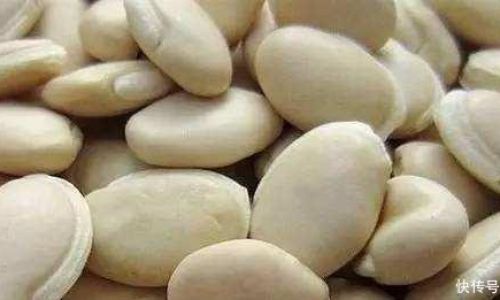

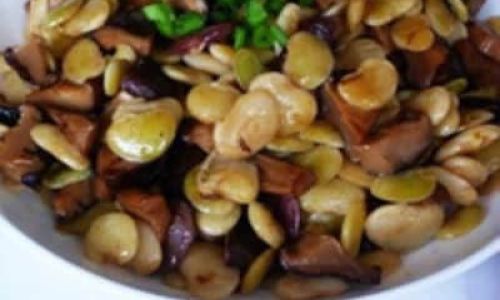



0 comments